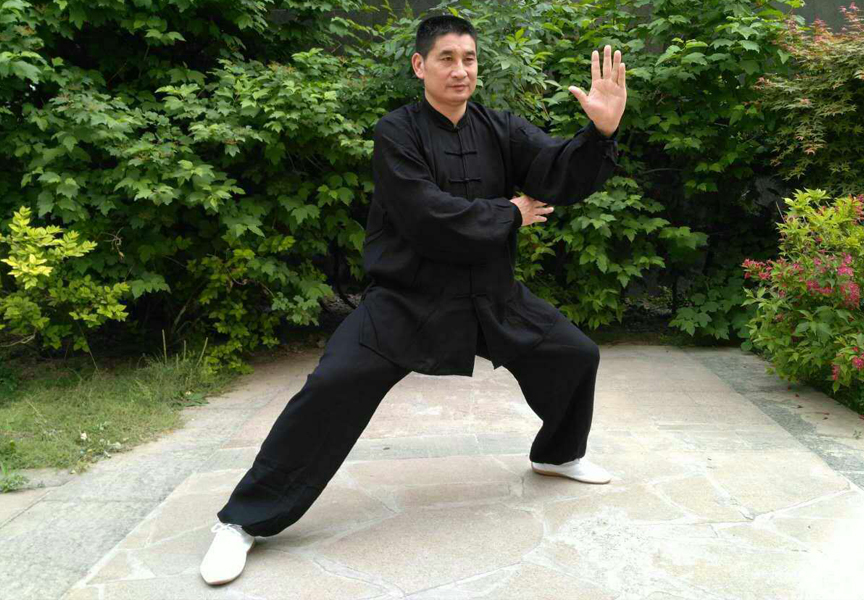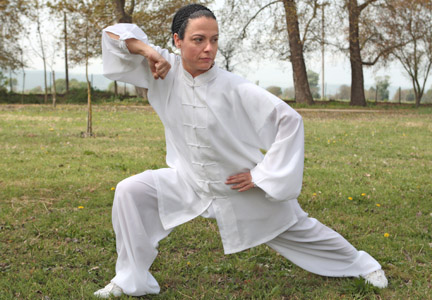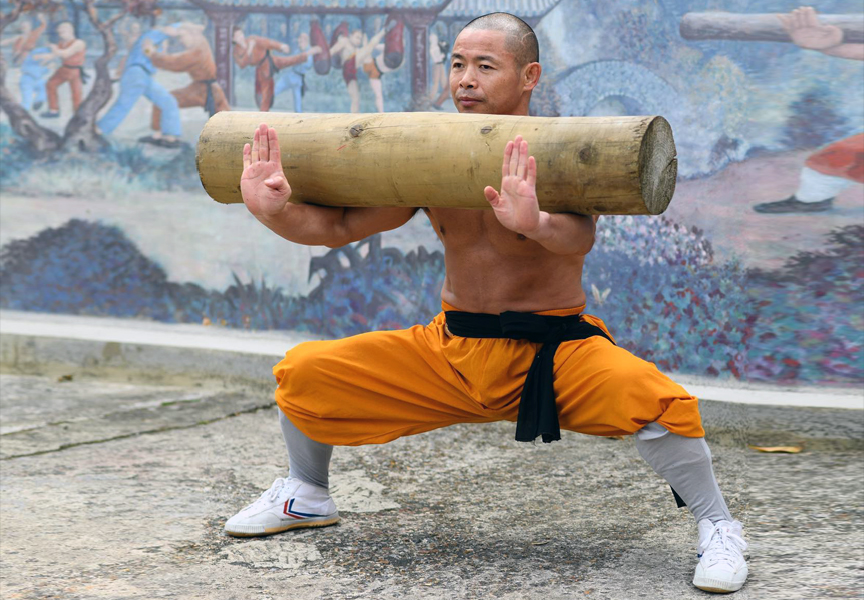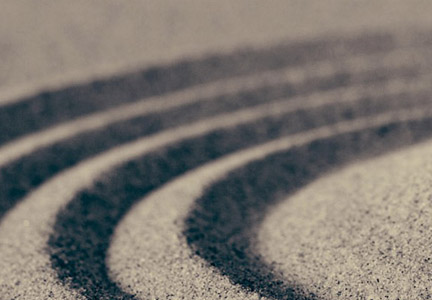Random Free Articles
- Unlocking the Essence of Dang Jin

A Journey of Balance and Harmony Shaolin Rou Quan [Chin.: Shàolín róu quán 少林柔拳], often referred as Shaolin Rou Gong [Chin.: Shàolín róu Gōng 少林柔功], is a Chinese martial art that has captured the imagination of people around the world for centuries. Rooted in ancient philosophy and imbued with the principles of balance, harmony, and the interplay of opposites, Shaolin Rou Quan offers practitioners a path to physical…
- The Five Skills of Shaolin Soft Fist

The growth and development of Shaolin [Chin: Shàolín 少林] Soft Fist - Rou Quan [Chin: róuquán 柔 拳] unfortunately was not like that of Shaolin Kung Fu. The need for survival forced the monks to focus on strengthening the body and on defense and combat techniques rather than the healing properties and the energy balancing provided by the art of the old monks. Soft Fist - Rou Quan is a great art, which constantly develops the physical…
- The Horse Stance in Shaolin Kung Fu

Shaolin Kung Fu, with its roots in ancient Chinese martial arts, is renowned for its diverse techniques and holistic approach to physical and mental well-being. At the heart of Shaolin training lies the Horse Stance, known as Mabu - [Chin.: mǎ bù 马步] in Chinese. This fundamental stance serves as the cornerstone of many martial arts disciplines, providing practitioners with a solid foundation for strength, balance, and internal energy…
- Chan rejects any written discourse

In Chan, there are two specific teachings that even if taken literally , they are well defined and very expressive . One teaches that " The Thorough Examination of the Super - Ego is simply to identify the Buddha Nature " and the other teaches that " The Understanding of Buddha Nature via Sudden Enlightenment is certainly possible. " In reality, however , the clarity and expressiveness of these teachings , cannot be…
- A Living Master; A Living Blessing

In the tapestry of human existence, certain individuals emerge as beacons of wisdom, compassion, and enlightenment. A living master, often recognized as a spiritual guide, mentor, or teacher, embodies the essence of a living blessing. These extraordinary individuals traverse the realms of knowledge, guiding seekers on the path of self-discovery, inner peace, and spiritual awakening. The Living Presence: A living master is not merely a…
